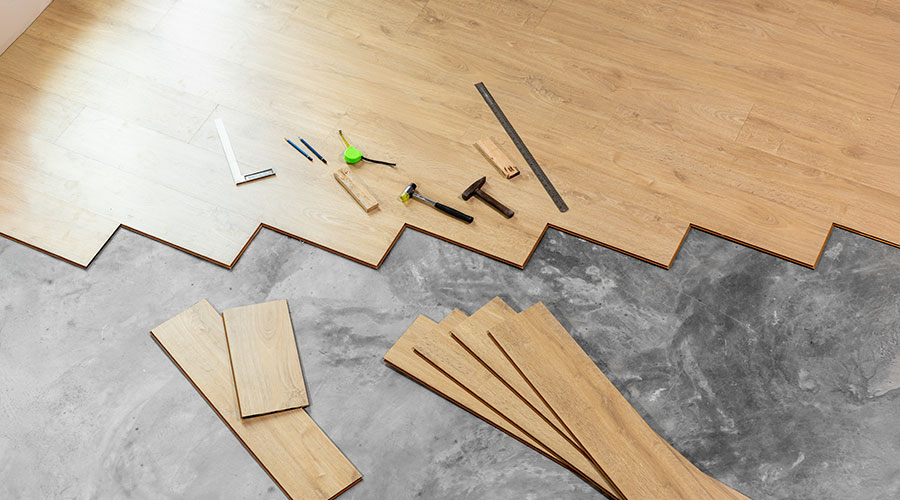Know The Things To Ask About Carpet And Vinyl In Healthcare Floorcoverings
Carpet and vinyl in healthcare flooring offer some special considerations. Know the things to ask:
2. Carpet. Carpet used in healthcare should be a type that will deliver high performance and appearance retention. It should be colorfast, stain-resistant, and as easy to clean as possible. It is important to select a pattern that will hide soil. Relevant to patterns, it should not be visually disorienting to patrons in a nursing home or elder-care facility. The pattern should be simple and not have the effect of flowing lines of motion, large and small squares or dots in the same pattern; something floral or organic would be better. The carpet surface should also not impede the rolling ability of wheelchairs, beds, or any other device with wheels. Some carpet constructions stagger the stitch of the yarn or have a patterned surface that will cause rolling traffic to veer in directions other than straight ahead. This is not something to discover after the carpet has been installed. In addition, if there is a cushion or a cushion back, it must not impede rolling traffic by being too soft; it must be firm and stable.
3. Vinyl. In hospitals, the biggest problem with sheet vinyl flooring is indentations from wheels on heavy beds. At least one PVC sheet flooring product on the market will recover from these indentations and eliminate these concerns. Some beds are so heavy they will also pulverize the cementitious patch and leveling materials used to prep the concrete. Wider wheels on the beds will help dissipate the weight exerted in one spot but won't completely prevent the problem.
Another concern with sheet vinyl flooring is the welds being compromised; that is, the weld material either comes out of the seam or allows separation of the sheets of flooring. This can be the result of the welds not being properly made or of aggressive cleaning efforts and over-wetting the floors; it can also be caused by moisture beneath the flooring from the concrete substrate.
Facility managers need to understand that all concrete, no matter how old or seemingly dry, contains moisture which can rear its ugly head at any given time — for example, when a different type of flooring is installed — to create problems that will make life miserable. Old flooring may have allowed for the moisture to evaporate; new flooring material that won't allow for moisture to evaporate may cause the flooring to release from the substrate. For example, suppose that vinyl tile flooring is replaced with sheet vinyl. The old tiles allowed moisture to escape from the joints. Sheet vinyl flooring will cap the concrete and not allow for moisture to escape. The tiles breathe; the welded sheet vinyl doesn't breathe.
Vinyl tile in the form of VCT (vinyl composition tile) or LVT (luxury vinyl tile) comes in squares or various shapes, including planks, which go down in pieces and may not be affected by moisture. All flooring materials, including these products, can be affected by residual abatement chemicals, however; the effects of these chemicals are exacerbated by moisture in the substrate. If the installation is not compromised, these products perform extremely well.
Related Topics:












